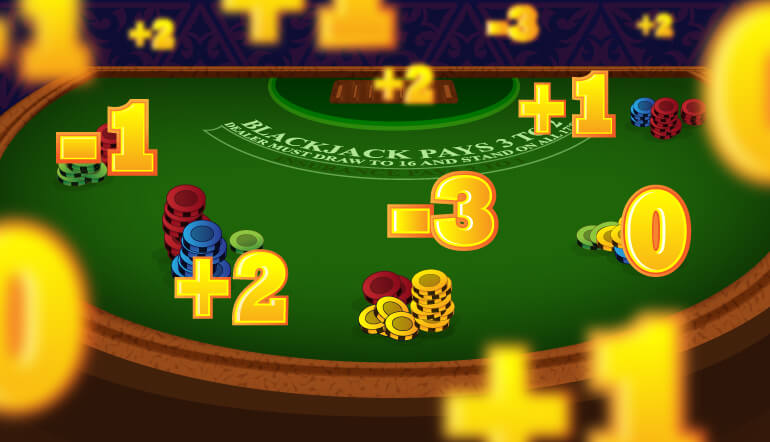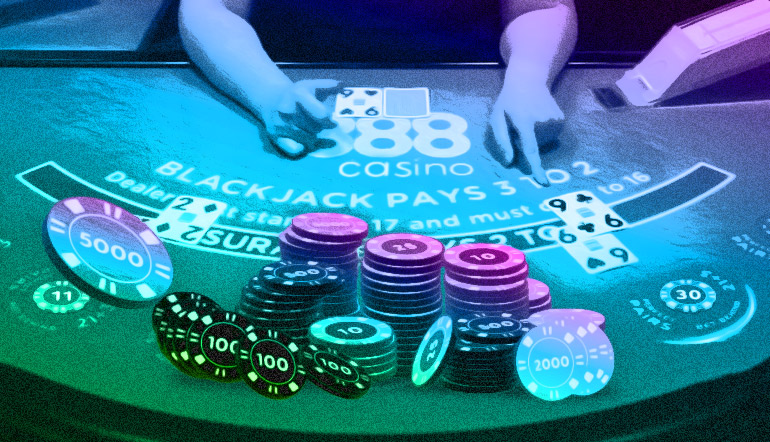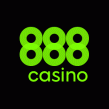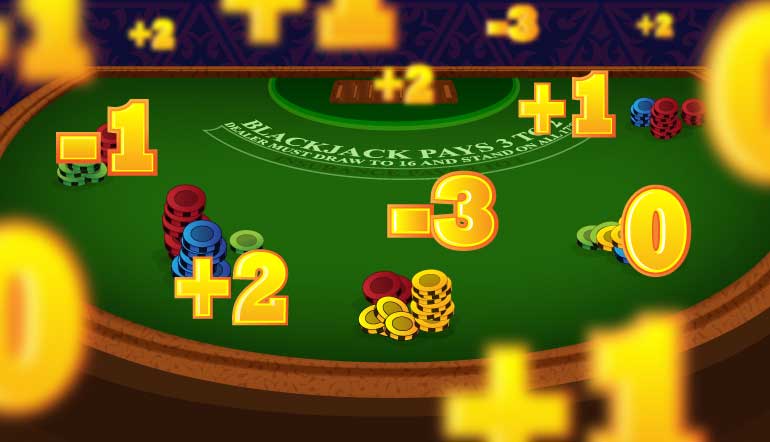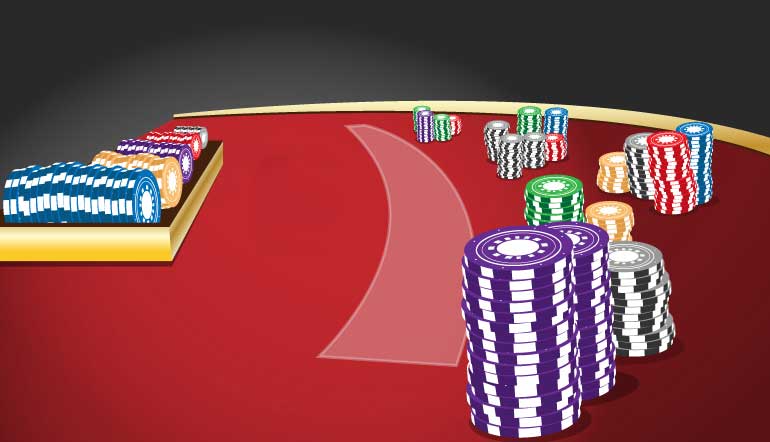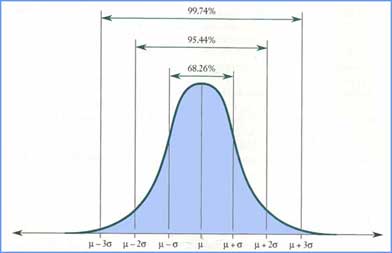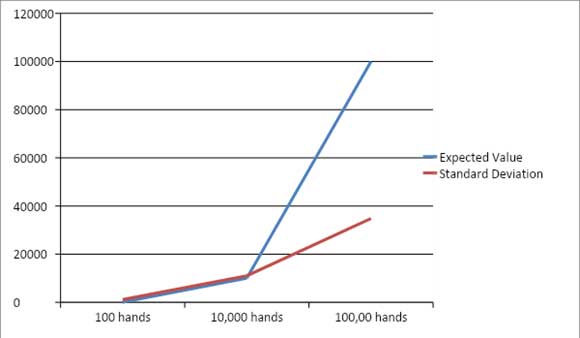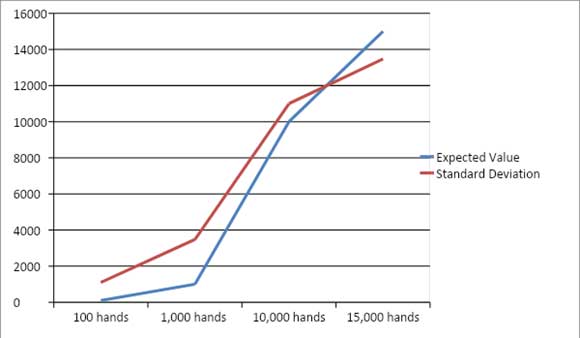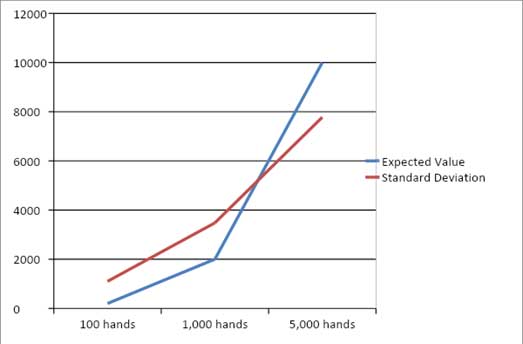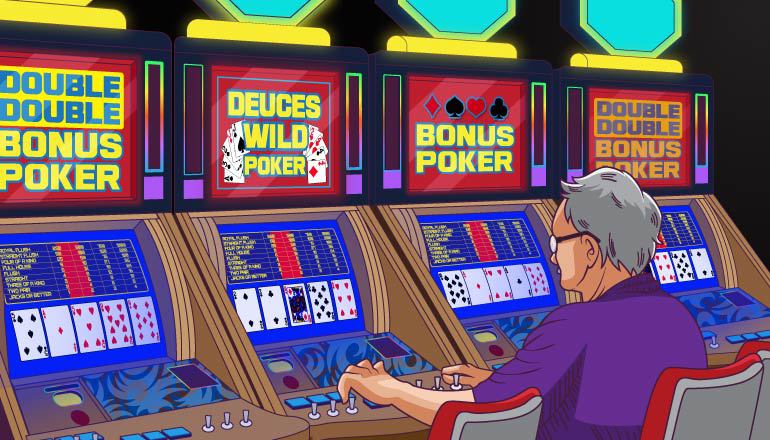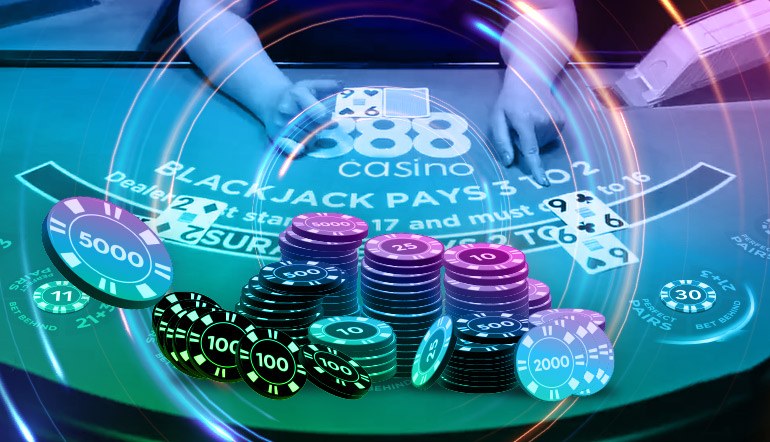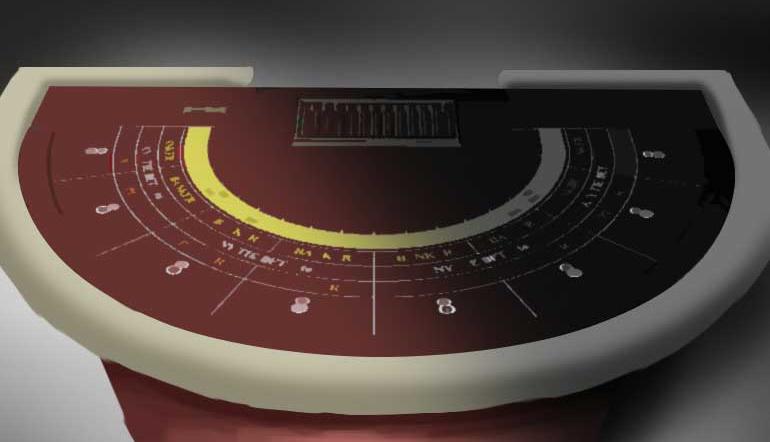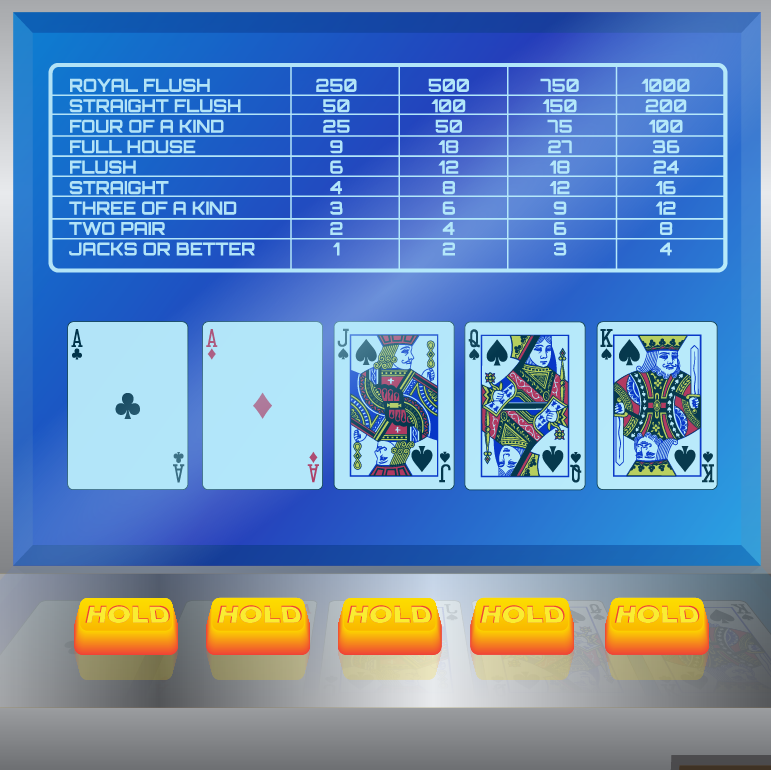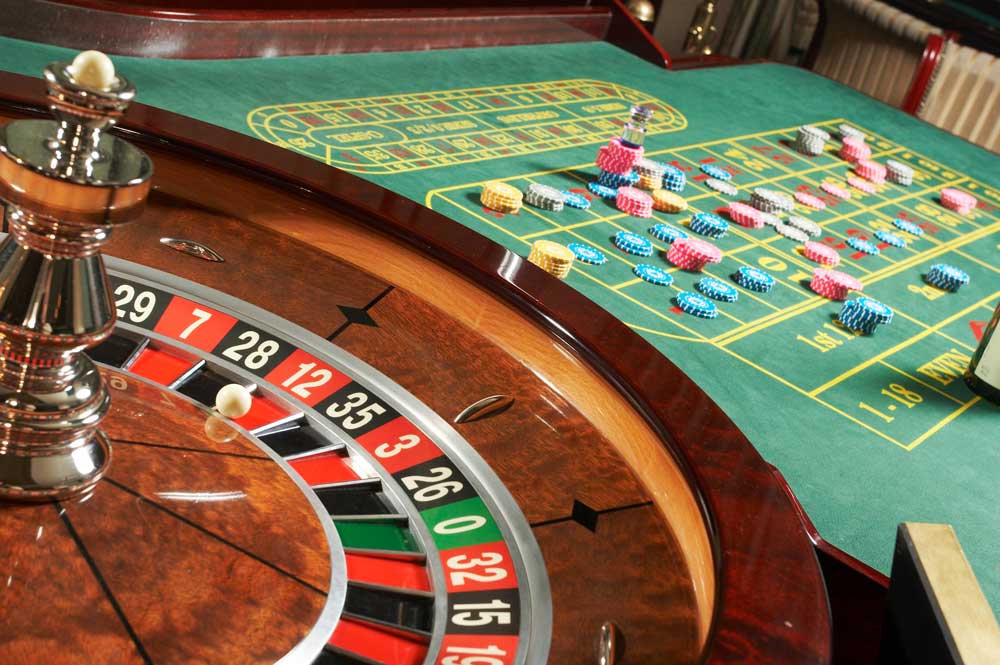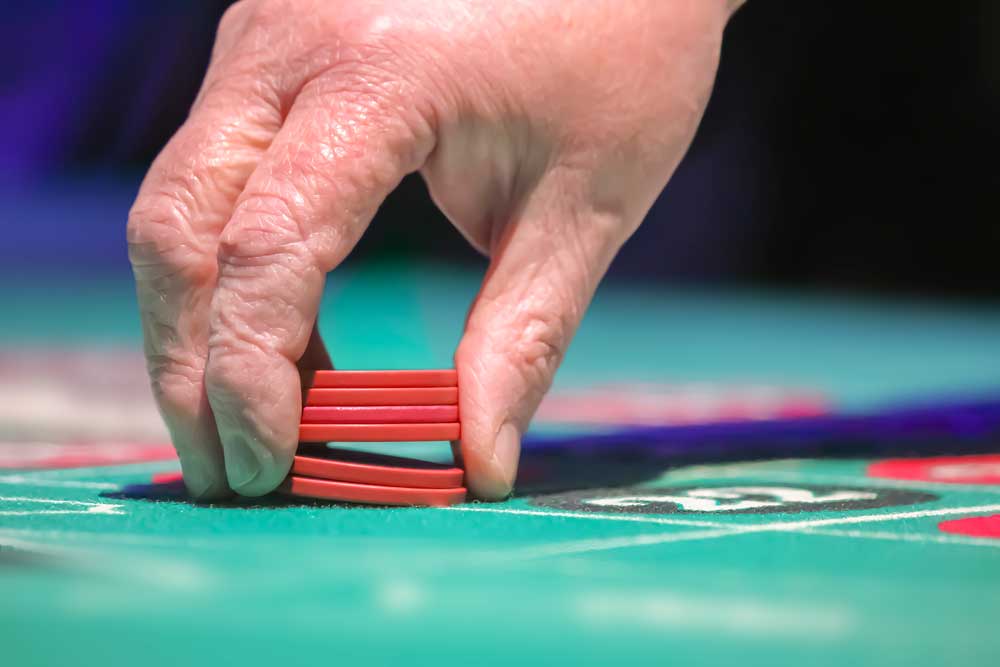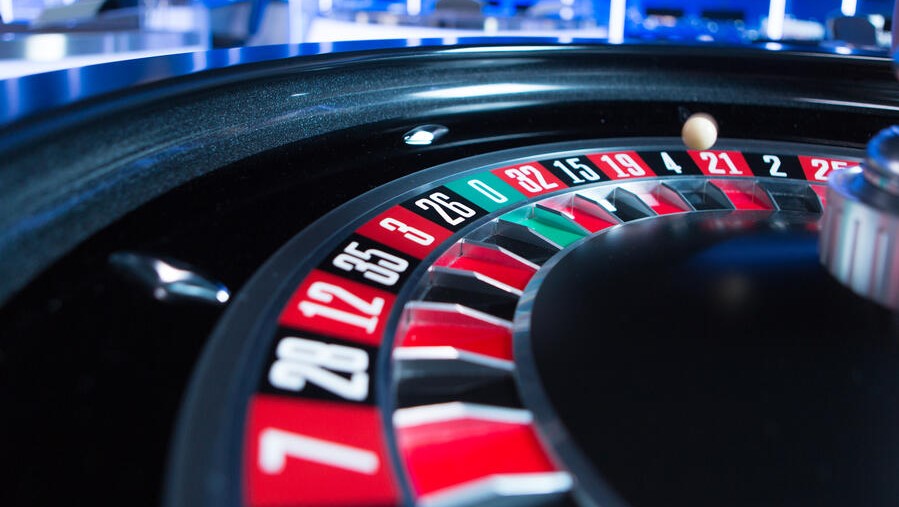You don’t have to be rich to play baccarat and you definitely do not need to wear a tuxedo or evening gown when you play. Baccarat has come out of the ritzy, high-roller rooms and into the casino proper. Not to put too fine a point on it, but the traditional game was elegant and relaxed. It was also not a fast game.
Today, you can play for very reasonable sums in an online casino and if you go to land-based casinos there are usually a few mini-baccarat tables to check out. You will never have to longingly look at all those rich people acting, well, rich. The game is now for everyone.
However, you must learn how to correctly pronounce the name of the game or you will forever be banished to someplace you don’t want to be vanished to.
The game is not pronounced “back-a-rat.” No, it is pronounced “bah-cah-rah.” If you call it “back-a-rat” you should only play the game in the back alleys of New York City where everyone mispronounces everything anyway.
So here are the top five ways to understand the game, four of them are positives and one is a warning to avoid something that should be avoided. I’ll get that one over first.
Five Things To Know About Baccarat
Tip 1 – Never Make The “Tie” Bet
Baccarat has very low house edges on two of its three bets. Those three bets being Banker, Player and Tie. Banker comes in with a house edge of 1.06 percent. Player comes in with a house edge of 1.24 percent.
Your expectation is to lose 1.06 units for every 100 units wagered on Banker and 1.24 units for every 100 units wagered on Player.
Please note: Let me translate house edges into actual money. A house edge of 1.06 percent means the player’s expectation on the Banker bet is to lose $1.06 per $100 wagered. The player’s expectation on the Player bet is to lose $1.24 per $100 wagered. Those are great house edges in the scheme of casino things.
And now the rotten bet, the Tie. That bet comes in (hold your breath ladies and gentlemen) with a house edge of approximately 14.44 percent. Yes, I am not kidding, 14.44 BIG percent. Yikes! That means your expectation is to lose 14.44 units for every 100 units wagered or $14.44 for every $100 wagered.
This bet is a total waste of money and should only be played by individuals playing back-a-rat in alleyways.
Tip 2 – The Strategy for Playing the Cards
A “natural” is a hand of either 8 or 9. Each card has its face value, except the ace which counts as one. All 10s, jacks, queens and kings count as zero. In this game royalty has been turned on its head.
Rules for Player hands:
| If first two cards total: | Action |
| 1-2-3-4-5-0 | Player draws a card |
| 6-7 | Player stands |
| 8-9 | Player and Bank must stand |
Rules for Bank hands:
| If Bank’s first two cards total: | Draw when Player’s third card is: | Do not draw when Player’s third card is: |
| 3 | 1, 2, 3, 4, 5, 6, 7, 9, 10 | 8 |
| 4 | 2, 3, 4, 5, 6, 7 | 1, 8, 9, 10 |
| 5 | 4, 5, 6, 7 | 1, 2, 3, 8, 9, 10 |
| 6 | 6, 7 | 1, 2, 3, 4, 5, 8, 9, 10 |
| 7 | stands | stands |
| 8 | Natural stands | Natural stands |
| 9 | Natural stands | Natural stands |
Yes, you have to memorize this playing strategy. Right now. Get started.
Just kidding. You don’t even have to know this strategy – it’s ironclad. It is locked in stone. It is like two tablets coming down from Mount Sinai.
The dealer makes sure that the cards are played correctly. If you want, you just have to nod knowingly, pretending you have everything memorized.
Tip 3 – Banker is Clearly the Best Bet
The Banker will win slightly over 50 percent of the time. In order not to give the player an edge on that bet every Banker win has a 5 percent commission taken from it.
Still the house edge, even with that commission, is lower than the bets on roulette, craps, other card games, slots and most video poker games. The only game with a lower house edge than Banker is blackjack played with the correct basic strategy.
For a $10 wager, the winning Player bet pays $10 but the winning Banker bet pays $9.50.
[Please note: Some casinos have substituted different ways to add the commission to the Banker bet without looking as if they are adding the commission. Certain hands pay less when they occur.]
Tip 4 – Mini-Baccarat Can Be Maxi-Dangerous!
The traditional (meaning the high-roller room) version of baccarat, where players actually deal the cards, is a leisurely game. You might play 40 decisions an hour. But there is a fly in the ointment of baccarat. That fly is the mini-baccarat version of the game – which is the game we can afford to play if we aren’t high rollers.
There are two major differences between traditional baccarat and mini-baccarat. The first and obvious one is that in mini-baccarat the dealer deals the cards, not the players. The second is the fact that the game is fast, as in some dealers will get between 150 to 200 decisions per hour! Yes, that is fast.
The table minimum bets are usually much lower than the traditional game, but 200 decisions even with 1.06 and 1.24 house edges can be devastating if things go against you. Keep in mind a small house edge multiplied over an incredible number of hands can hurt you more than a higher house edge multiplied by far, far fewer hands.
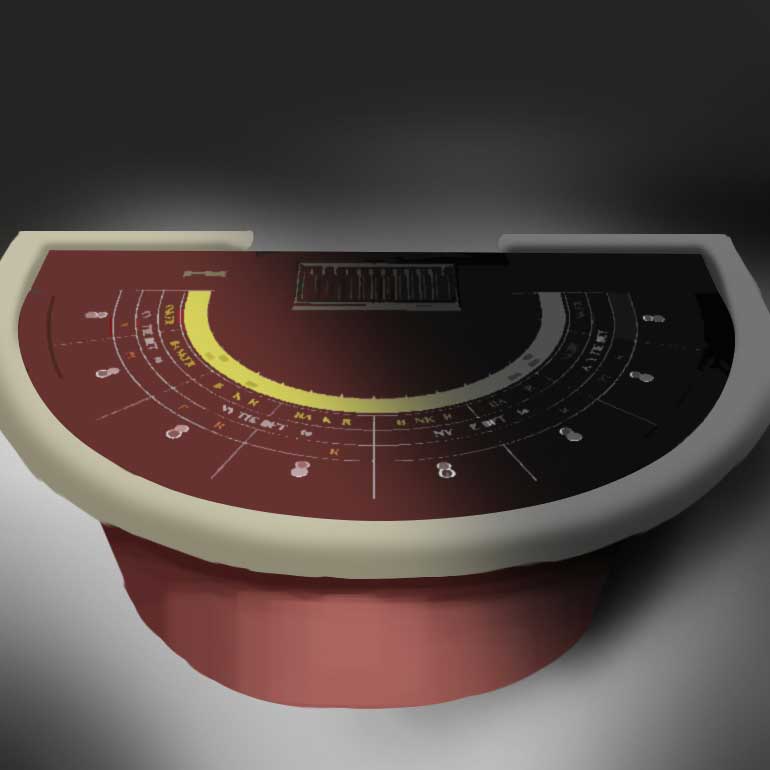
Tip 5 – Tie Bets Do Not Count
Let me lay this out now and get it over with. Do not, under any circumstance, make the Tie bet. Do not.
Please note: Pretend that the Tie bets are invisible. They don’t count; they are simply a pause in the action. If the sequence goes Banker, Banker, Tie, you treat the Tie as if it didn’t occur. When a Tie occurs any bets on the Banker or Player do not lose. That’s it. No Tie bets.
The Dime – Possible Winning Strategies
Strategy Tip 1 – Money Management is Critical in Baccarat
Essentially you are betting a coin flip when you play baccarat. That makes it a tight game. Still, even with coin flips you can experience outrageous streaks for good or ill. Good is good but ill is not.
If you are betting, say, 10 units per decision, give yourself 200 to 300 units as your session bankroll and should you lose that you take a break. And by break, I don’t mean you yawn, stretch and start playing again. You can also take a break if you get tired or have won and you want to leave with your win.
So, get up and get out. Take a walk. People watch. Take a nap. Give yourself some decent amount of time before you start playing again.
If you have won a decent amount but you don’t want to quit right then but want to leave the session a winner (whew, that was long winded), then split your win in half. Only use that half to continue playing. Lose it? Then take the rest of your win and go on a break.
It is absolutely essential that you treat your money as if it were money – even though while you are playing your money will look like chips. Baccarat is a fun game. If you have a friendly table you can get in some socializing as well. But protect your money.
Strategy Tip 2 – Go for the Gold Standard
I am a conservative player. I therefore want to play the lowest house-edge bets that I can when I am playing a game. That makes Banker the bet I favor the most at baccarat.
Although I realize that streaks are a part of all gambling games, I also know that there is no way to predict when a given streak will occur. In a random game guessing is what you do and hoping you win is what you pray for. I’d rather guess on Banker.
Strategy Tip 3 – Card Counting Tells Us What?
Those who have studied card counting at baccarat, something that actually doesn’t work in the game as it does in blackjack, will assess that 90 percent of the best bets are on Banker.
What does that mean? It doesn’t mean you will win all those 90 percent but the possibility of winning is greater for Banker than for Player on each of those bets. Therefore, make Banker your sole bet.
I know that is a hard thing to do (for most of us) but it seems that it is the best way to go.
Strategy Tip 4 – Betting Streaks
We are looking to capitalize on streaks and the bet that will have the (slightly) better chance for a streak will be the Banker. If you find that the Banker does go on a streak from your first bet then keep betting it.
Do keep in mind, however, that the fact a streak has occurred is no indication that it will continue to occur (meaning don’t be too aggressive with your betting amounts). You still face a house edge on every bet you make and you can’t bet your way out of such an edge.
Please note: If you are going to play mini-baccarat then you should utilize a Banker-only betting system. That’s right. You bet Banker until it loses. Then you wait until Player loses and go back to betting Banker. That will theoretically reduce in half (more or less) how many decisions you face. That will also theoretically reduce your losing expectation.
Strategy Tip 5 – Wait One Decision After a Banker Loss
The next methods will deal with Player bets as well. If you can’t only bet Banker (maybe you feel you are missing out on something) then here is a way to incorporate Player into your betting method.
You finally lose on the Banker bet. Player wins. Don’t jump in with another bet. Wait for the next decision. Whatever that decision is, that is what you bet. Keep in mind that if the Tie is the decision neither the Banker nor the Player loses. (That’s why it’s called a Tie.) You wait for either Banker or Player to be the winner and then continue as stated above.
As long as Player keeps streaking, you will bet the Player. When Player loses, you switch over to Banker.
Strategy Tip 6 – The Curve Ball
Here I am going to throw you a curve ball. When Player loses to Banker you will not wait out the next decision. You will immediately hop on the Banker. That’s right, when Banker wins you immediately bet it.
Now, should Banker lose, follow rule number four! We are always looking for more Banker bets and streaks. Again, it is the better bet at the game.
Strategy Tip 7 – Scoreboard Watching
Some mini-baccarat tables will have scoreboards. They will keep track of the wins of the last 20 or so hands. You want to know which hands have the lead in the game on that scoreboard.
If Banker is leading 11 to 9, then you bet Banker until it is behind the total of Player. If Player goes into the lead, then you switch and bet Player. Ties do not count. If a Tie appears, then you are dealing with 19 or 18 or 17 decisions depending how many Ties have actually shown themselves.
If Banker and Player are tied then you wait until one takes the lead and you then bet that one.
Strategy Tip 8 – The Mini-baccarat Mini-Martingale
The Martingale betting system, which calls for doubling your previous bet after a loss, can be an expensive journey into ruin for many casino gamblers. You have numerous small wins and then, sooner or later, a devastating loss occurs when you hit the table limit on how much you can bet.
This mini-baccarat mini-Martingale will call for the doubling of a bet just once and no more. You are betting Banker and if you lose then you doble your bet on the next decision. If you lose that you wait two decisions before you bet again.
Strategy Tip 9 – Random is as Random Does
I’d like to thank Forrest Gump for this method. What if we simply try to apply one random event in another field to give us insight into the random mini-baccarat game? What would happen? Actually, it will have no effect on the game but let’s pretend it will.
Bring a 50 cents coin to the table – or a dollar coin if you want to be something of a high roller – and before the dealer deals the cards, flip the coin. If it lands on heads bet Banker. If it lands on tails bet Player.
Is it possible that one random act will influence the game in your favor? I’ll leave that up to you to decide.
Strategy Tip 10 – Wasting Time
There are many mini-baccarat players but their numbers rarely slow down the game enough to make much of a damage in your negative expectation.
Gambling is the hope of winning money but the house edge is the definitive money-making strategy that can only be used by the casino in almost all games and almost all bets in almost all games.
You are asking to take a serious hit when you play 200 decisions an hour at the game. That hit can be reduced by playing less time at the table. Instead of playing five hours, you play maybe 3.5 hours. That’s hard to do when you want to play a lot.
You can still reduce your playing time in the following ways:
- Always go to the bathroom while the game is being played. You won’t see all the hands you don’t play by doing this.
- Take a moment or three to call a spouse or friend as the game is being played. You just step away from the table and make the call.
- Stop playing and tell the dealer you are looking for a streak. Sit out two or three hands then and make recording motions on the paper given to you by the casino or a scorecard you brought to the game.
Baccarat and mini-baccarat offer a lot of fun but you must be careful, as always, when you play a casino game.
All the best in and out of the casinos.

